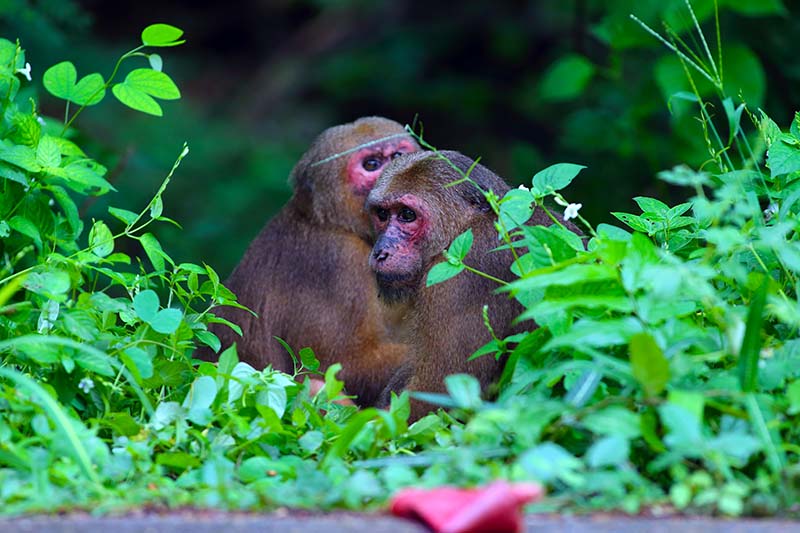2-minute read
These are tough times for sea turtles. For over 100 million years, the armored reptiles (Chelonians) have peacefully paddled the Earth’s oceans, but due to overharvesting, loss of nesting habitat, and chronic egg collecting and trafficking, six out of seven species are currently listed as threatened or endangered.
In addition to being valued for their obvious sea creature charisma, turtles play a vital role in the health of undersea ecosystems, helping to bolster coastal economies around the world. Because demand for turtle products is at an all-time high, the marine megafauna is at extreme risk of becoming extinct in the wild, and conservationists are racing to develop advanced tracking systems to help keep closer tabs on eggs, turtles—and traffickers.
Satellite monitoring of sea turtles in aid of conservation began 25 years ago. With advancements in the miniaturization of tracking tags and improvements in bandwidth, transmission, and data analysis, GPS technology has come of age, and scientists can monitor all seven species in oceans globally. A small tracking device, easily attached to a turtle’s shell, can capture information about the animal and its environment, including how it navigates the oceans, where it feeds and nests, how many clutches of eggs it lays, down to the granular level of describing flipper beats and daily dives. Changes in signal speed or movement can also indicate that a turtle has been fished or captured and taken ashore.
Pinpointing the location of adult turtles and nesting sites is a fundamental aspect of conservation. Protecting sea turtle eggs from the devastating impacts of poachers is also essential to the species’ long term survival. To help ensure the tiny reptiles get the chance to crack out of their shells and trundle to the sea, the ingenious scientists at Paso Pacifico have taken egg monitoring to the next level with the creation of InvestEGGator. Designed to document the movement of illegally harvested sea turtle eggs, the 3-D printed wildlife tracker employs web-based smart-phone applications to covertly trace poachers. The plastic devices replicate olive ridley turtle eggs in size, shape, texture, and weight and can be hidden in turtle nests and remotely monitored in real-time to deter poachers and reduce illegal trade. Turtley egg-citing!
Whether olive ridley, Kemp’s ridley, leatherback, or hawksbill, sea turtles need safe operating space to survive on land and in our oceans. By mapping and monitoring adults, eggs, and nesting sites, working with local communities to promote conservation, and strengthening enforcement of anti-poaching laws, conservationists aim to keep sea turtles right where they belong—paddling around the big deep blue. If you’d like to learn more about mission-critical efforts to save sea turtles from extinction, check out what’s happening at the World Wildlife Fund.





































































